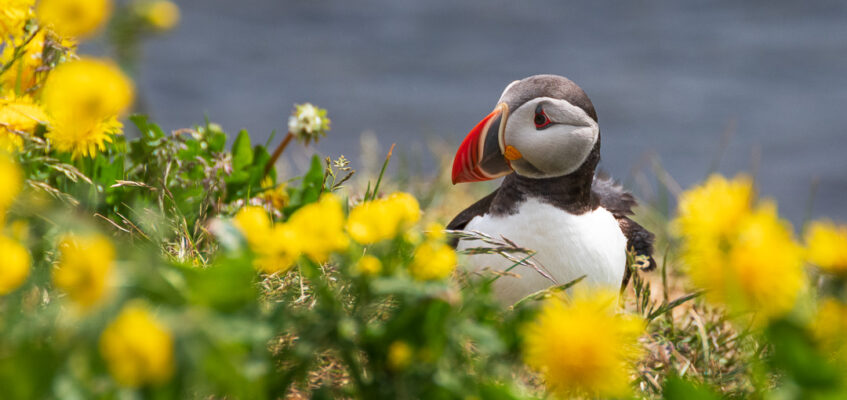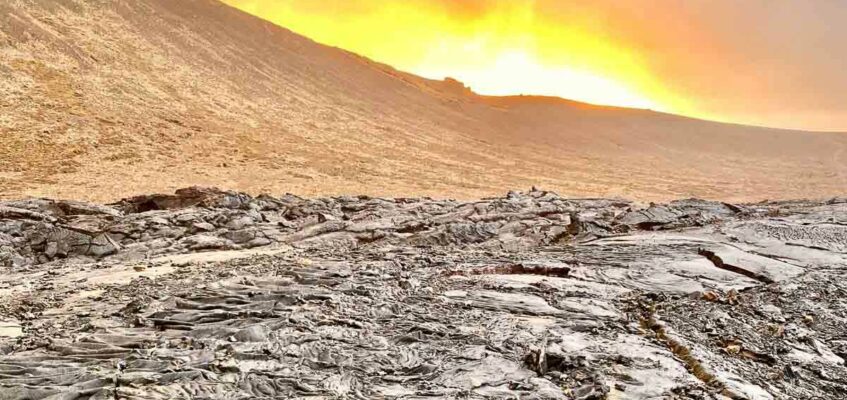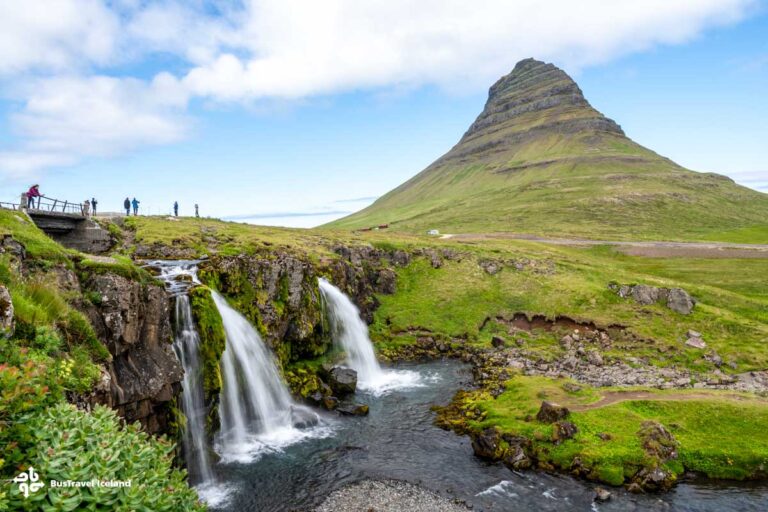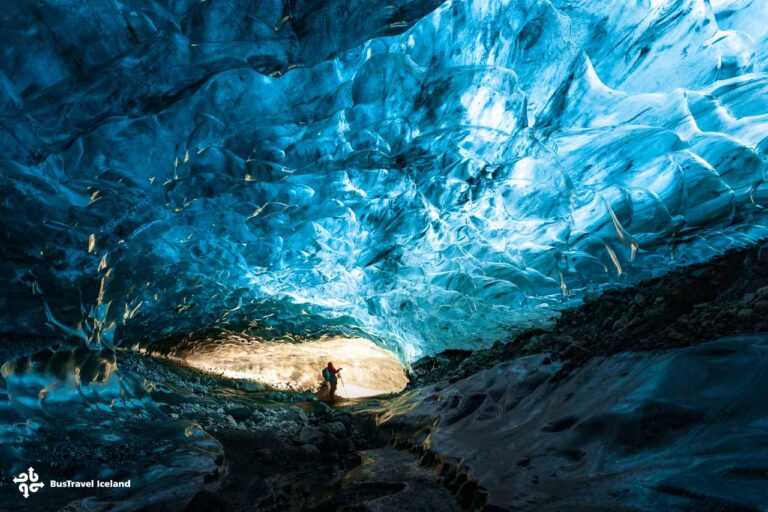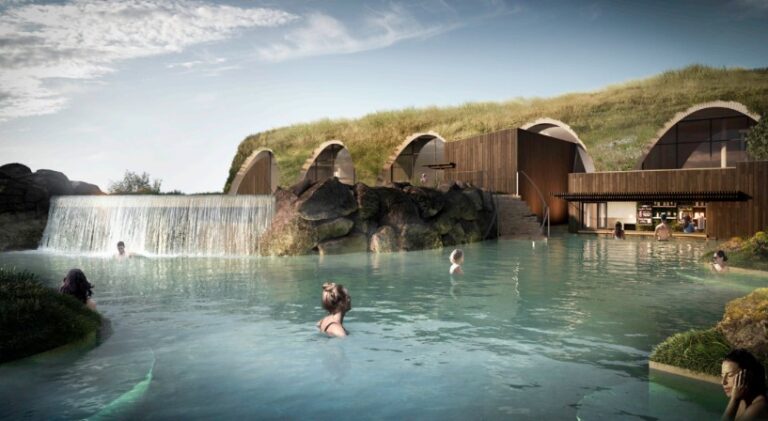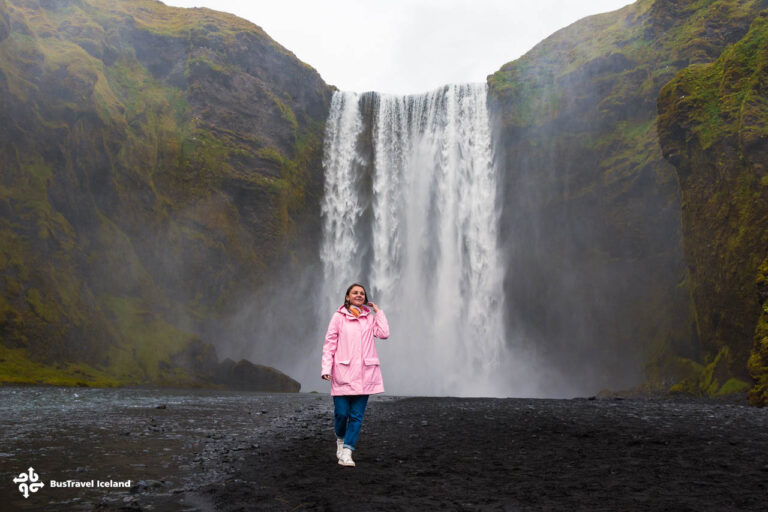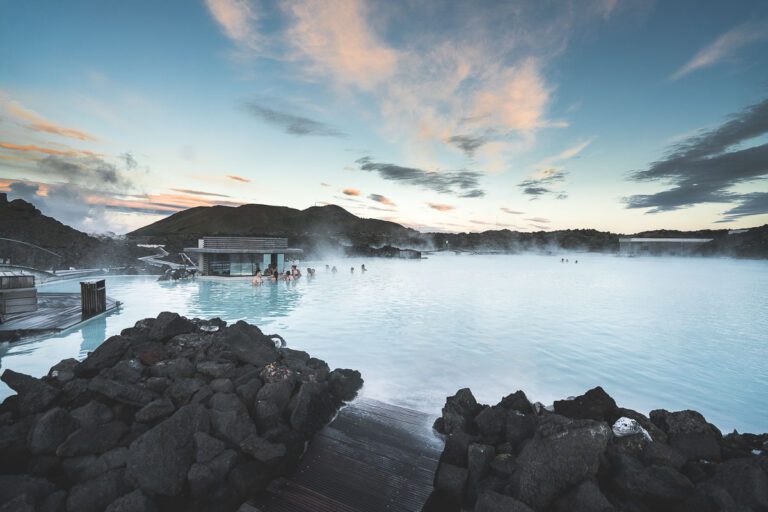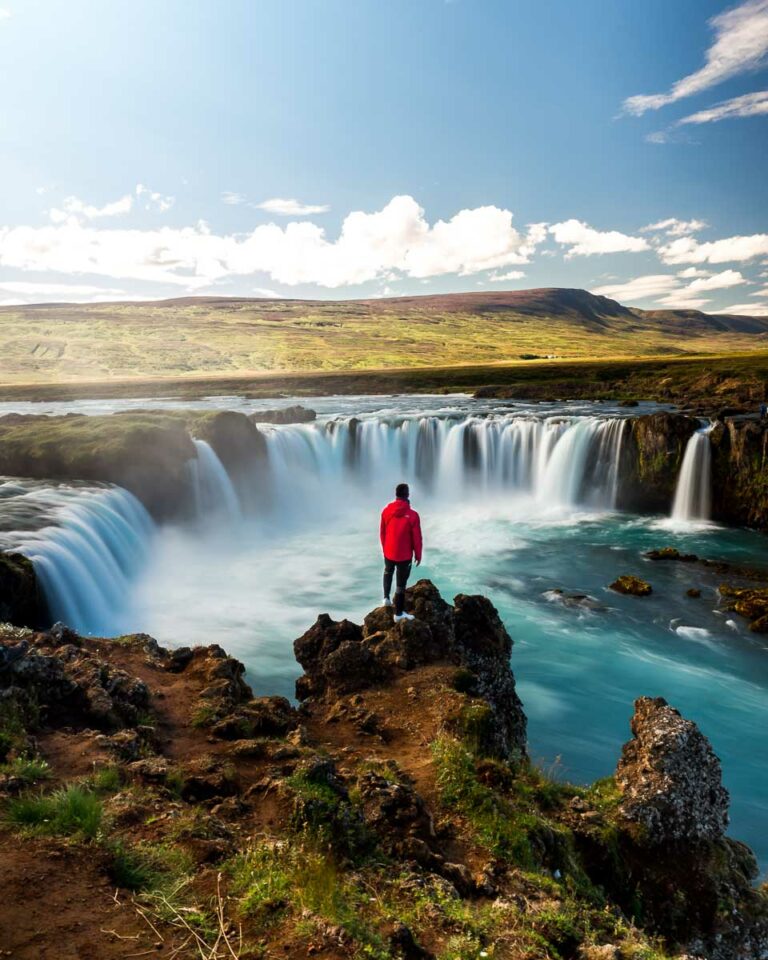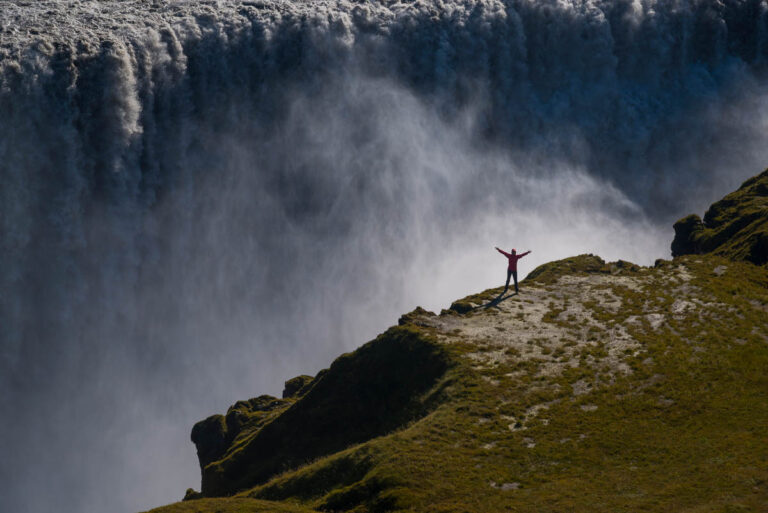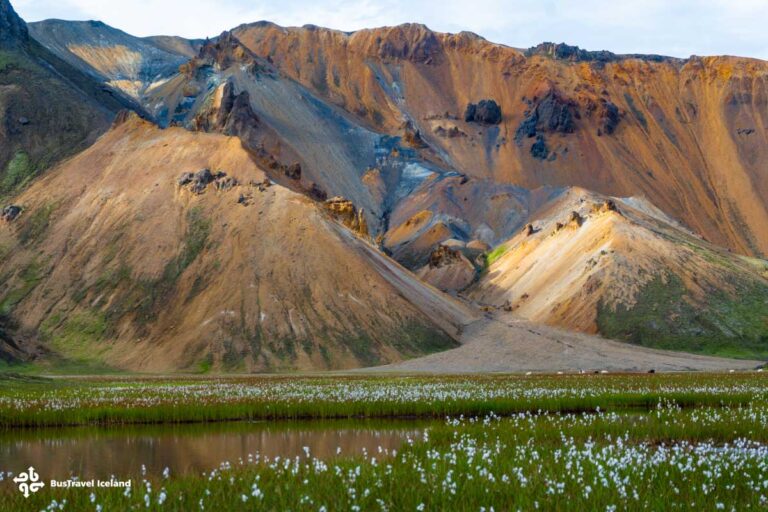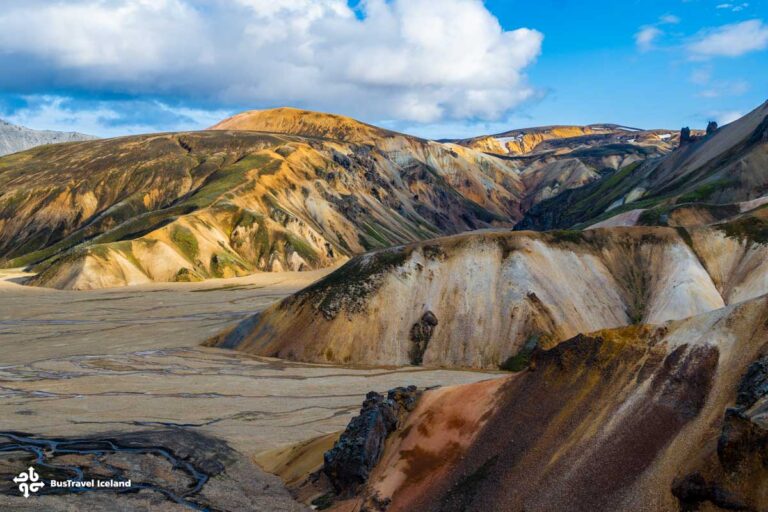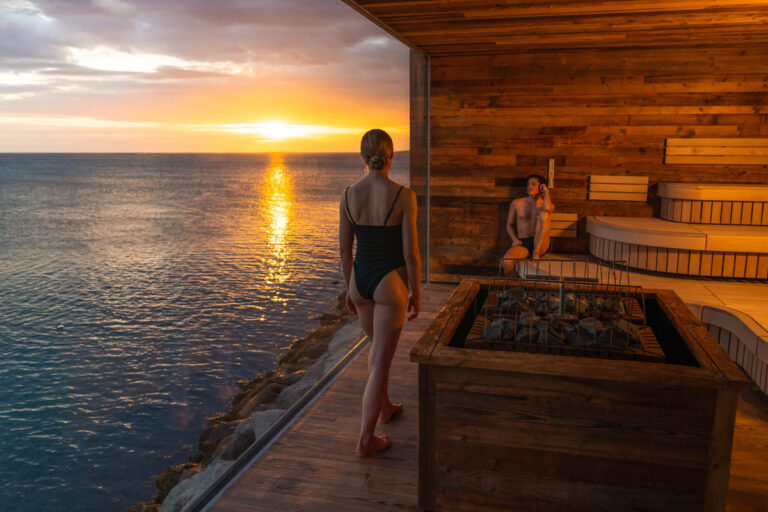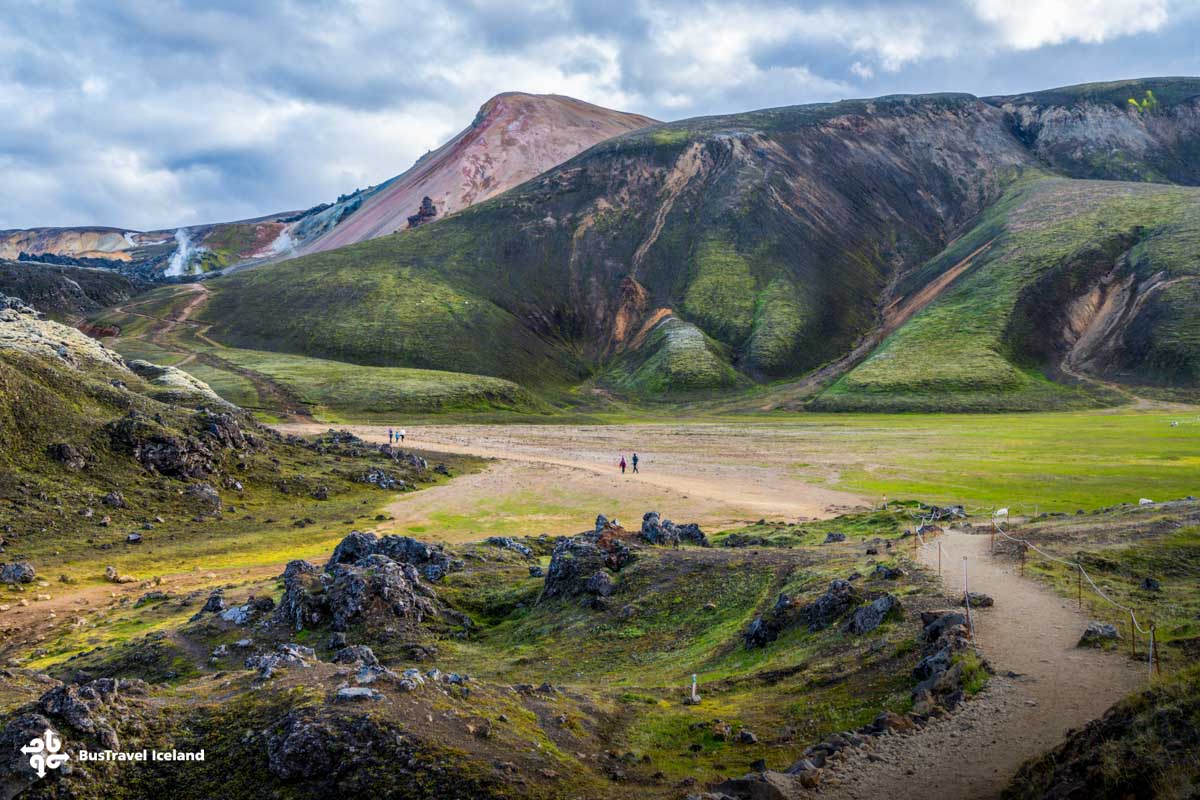

May Sale on tours in Iceland
May Sale
🌋 30% Off Spring Adventures!
Spring in Iceland is a season of contrast, where snow-dusted peaks meet blooming mossy valleys, and the midnight sun begins to stretch its golden fingers across the sky. There’s no better time to explore Iceland’s raw volcanic landscapes and dramatic coastlines, and now you can do it for 30% less!
Venture to the awe-inspiring eruption sites on the Reykjanes Peninsula, where you’ll walk across steaming lava fields and feel the energy of the earth beneath your feet. Or journey west to the magical Snæfellsnes Peninsula, often called “Iceland in Miniature” for its diverse mix of glaciers, black sand beaches, lava caves, and charming fishing villages. Choose from small-group or classic tour options and experience the magic with more intimacy and expert guidance.
Book now, travel between May 1 and June 15, and unlock the thrill of Iceland’s spring landscapes at a fraction of the price.
Apply promo code MAI30 during checkout to claim the discount.
🌿 20% Early Bird Discount on Must-Do Experiences
For Future Travel – Book Now and Save!
Good things come to those who plan ahead—and in this case, great savings too. If you’re dreaming of Iceland’s top sights and want to lock in your spot for later this year or beyond, our 20% early bird discount is made just for you.
Picture yourself exploring Iceland’s epic South Coast over two unforgettable days—visiting waterfalls, glaciers, black sand beaches, and even stepping into a dazzling blue ice cave. Prefer a more relaxed pace? Soak in the beauty (and the warm waters) of the Laugarás Geothermal Lagoon after taking in the wonders of the Golden Circle. And when night falls, don’t miss your chance to chase the Northern Lights, camera-ready guides included!
Apply MAI20 now and enjoy 20% off the most iconic experiences Iceland has to offer.
🧭 10% Off Scenic Journeys
Looking for unforgettable moments off the beaten path? Take 10% off a hand-picked collection of tours that bring you closer to Iceland’s wild beauty.
Hike through the colorful landscapes of Landmannalaugar, where dramatic mountain ridges meet steamy geothermal baths. Explore the stunning South Coast, with its mix of roaring waterfalls, creeping glaciers, and pitch-black beaches. Or combine nature and wellness with a walk through a volcanic eruption site, followed by a soak in the world-famous Blue Lagoon.
In the north, discover geological wonders like Dettifoss and Ásbyrgi Canyon, or dive into Icelandic history with a visit to the Goðafoss Waterfall and the charming Laufás turf house museum near Akureyri.
No matter when you go, these tours deliver breathtaking views, expert guides, and immersive Icelandic experiences.
Use promo code MAI10 and save 10% on any available travel dates!
Travelers reviews
Write a review
Share your experience with others.
